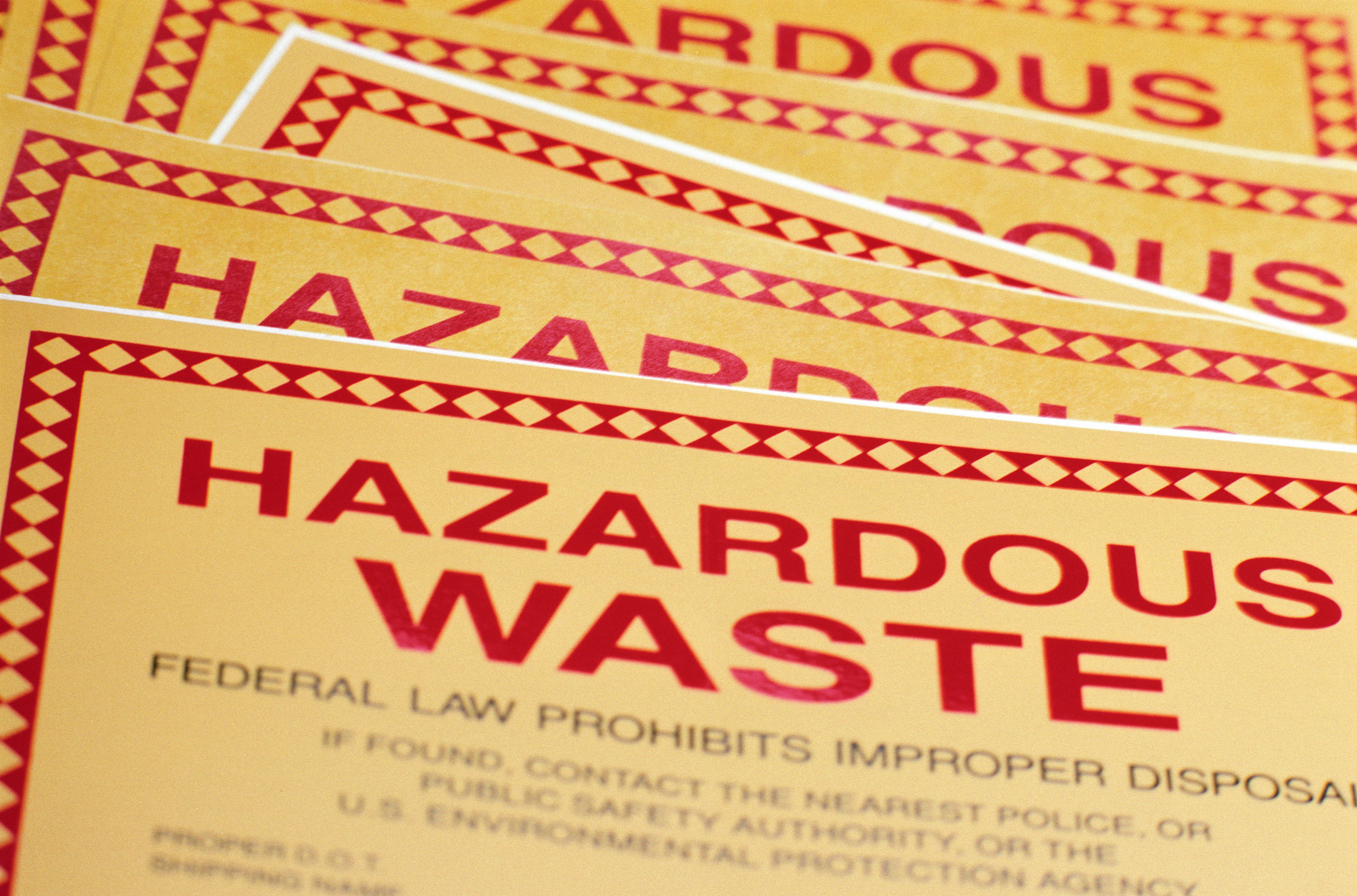 |
The 2008 DSW Rule established four “Legitimacy Factors” composed of two “Core Factors” and two “Factors that Must be Considered,” which are codified at 40 CFR 260.43. As they stand now, the Legitimacy Factors are generally defined as follows:
Core Factors
Factor 1—Useful Contribution: Hazardous secondary materials being recycled must provide a useful contribution to the recycling process or to the product of the recycling process. This requirement validates that the recycling process is legitimate because, according to the EPA, “real recycling is not occurring if the hazardous secondary materials being added or recovered do not add anything to the process.”
Factor 2—Valuable Product or Intermediate—The product of the recycling process must be a valuable product or intermediate. In this case, valuable means the product is either sold (economic value) or is used by the recycler or generator as an effective substitute for another commercial product or as an ingredient or intermediate in an industrial process (intrinsic value).
EPA believes that these two factors make up the core of legitimacy and, therefore, a process that does not conform to them cannot be a legitimate recycling process, but would be considered sham recycling.
Forget expensive calls to lawyers and consultants. With Enviro.BLR.com, you get instant access, 24/7. Try it out today and get an the 2013 EHS Salary Guide, absolutely free. Download Now.
Factors that Must Be Considered
Factor 3—Managed as a Valuable Commodity—The generator and the recycler should manage the hazardous secondary material in the same manner as they would other similar valuable materials such as a feedstock. Management should be, at minimum, equal to an analogous raw material or where no analogous material exists, the material should be contained.
Factor 4—Comparison of Toxics in the Product—Hazardous constituent concentrations in products made from the recycling of hazardous secondary materials should be compared to the same in analogous products (those made of raw materials) to ensure they are comparable and not significantly higher, which could indicate sham recycling.
At this time both Core Factors 1 and 2 are required while Factors 3 and 4 are not required, however, the following five changes were proposed to the definition of legitimate recycling:
1) Expand coverage to include all hazardous secondary materials and hazardous waste recycling under the legitimacy provision, rather than just the 2008 DSW exclusions currently covered.
2) Make all four Legitimacy Factors mandatory while providing flexibility necessary to allow a case-by-case petition process to determine if a recycling process that does not meet Factors 3 or 4 can be deemed legitimate.
Everything You Need for Environmental Compliance
Enviro.BLR.com puts everything you need at your fingertips, including practical RCRA, CAA, CWA, hazardous waste regulatory analysis and activity, news, and compliance tools. Try it at no cost or risk and get a FREE report.
3) Additional text added to Factor 3 expands the management of hazardous secondary materials to include “or in an equally protective manner,” in addition to “a manner consistent with the management of the analogous raw material.”
4) Change of wording in Factor 4 from stating that the levels of toxics in products from recycling “must not be significantly elevated” compared to analogous products” to “have to be comparable or lower than” levels found in analogous products.
5) Documentation by recyclers of legitimacy determinations based on meeting the four Factors. No specific format is proposed and copies of legitimacy determinations issued by the applicable regulatory agency would be acceptable.
As stated earlier, the EPA remains dedicated to helping industry increase hazardous secondary materials recycling. At the same time, however, the EPA and states with authority are also responsible for ensuring the legitimacy of the recycling processes within their jurisdictions, so enforcement continues to be a priority.
In addition to regulations, both state and federal agencies have programs addressing different industry wastes, recycling opportunities and ongoing initiatives that offer guidance, and tools and other assistance to create and manage long-term industrial recycling programs.
